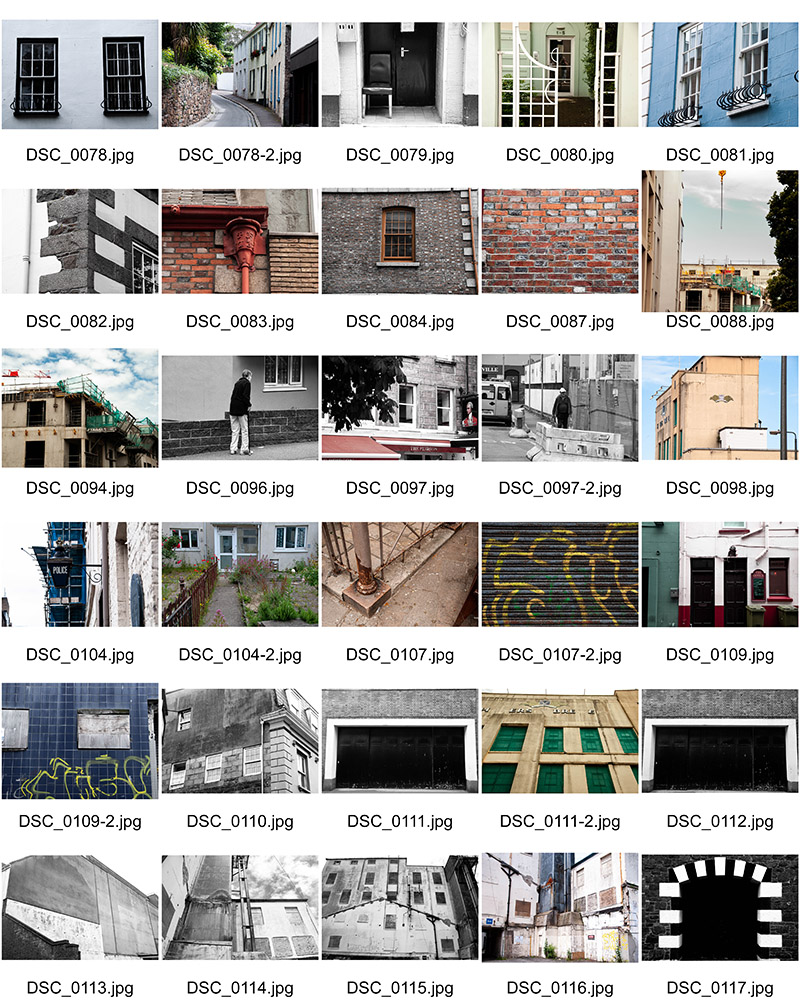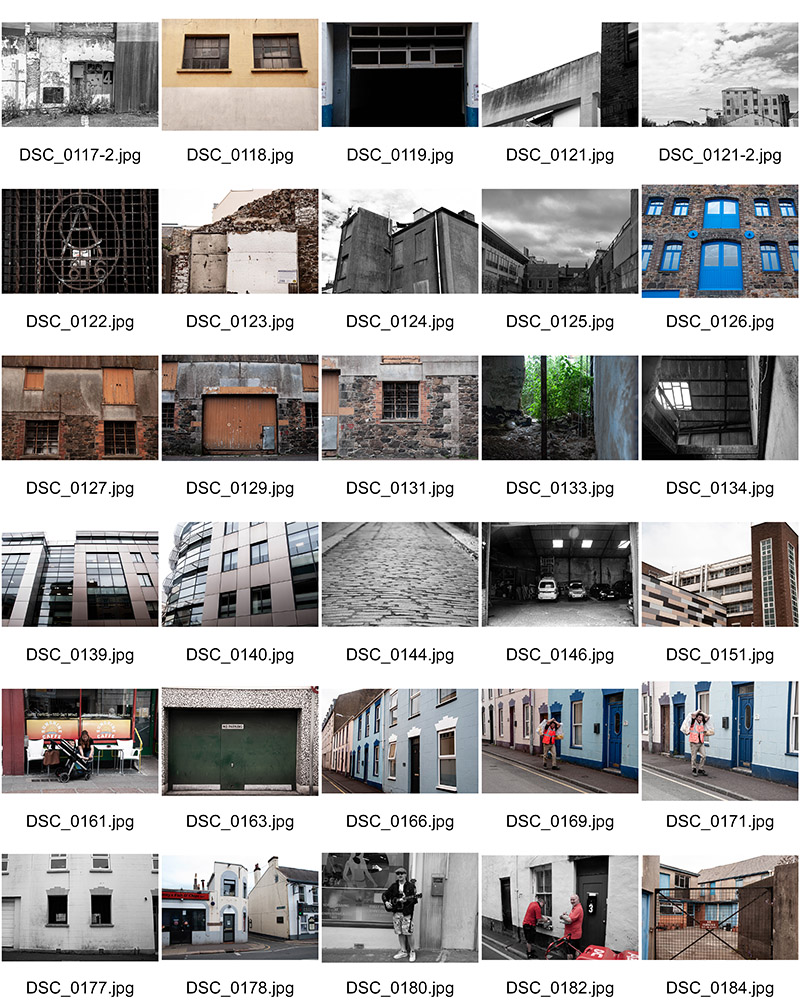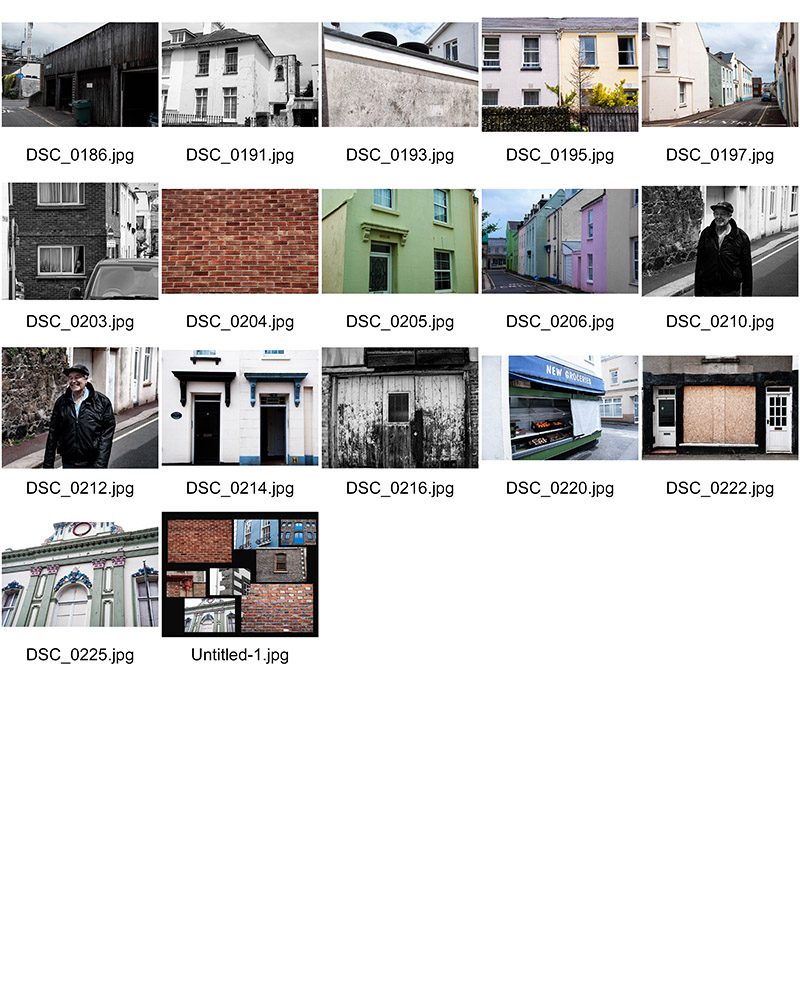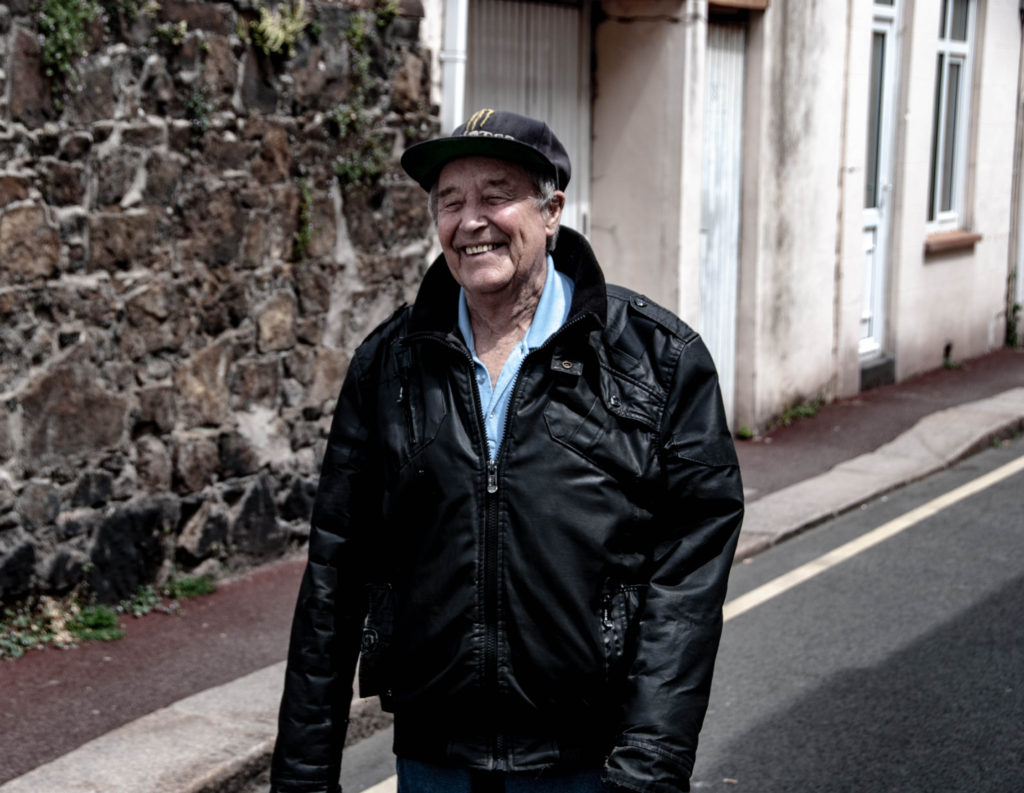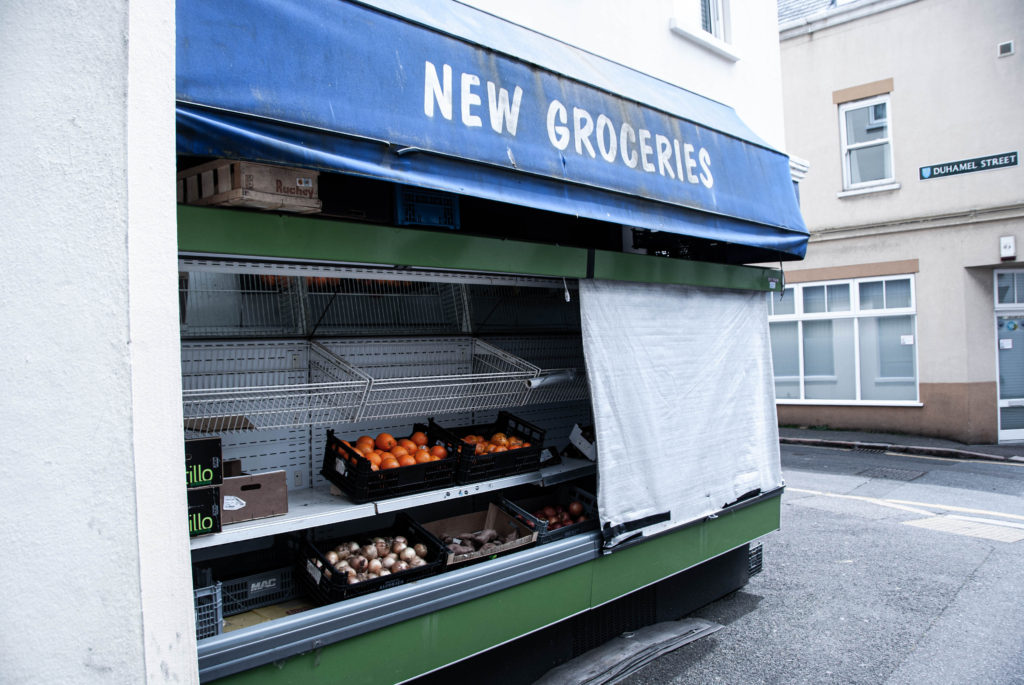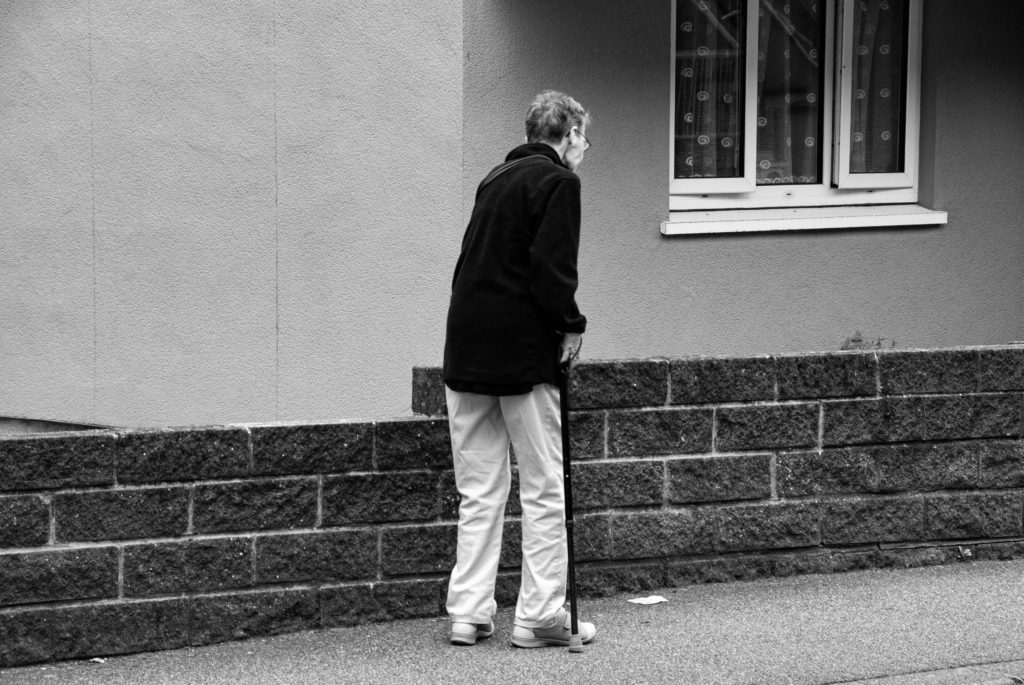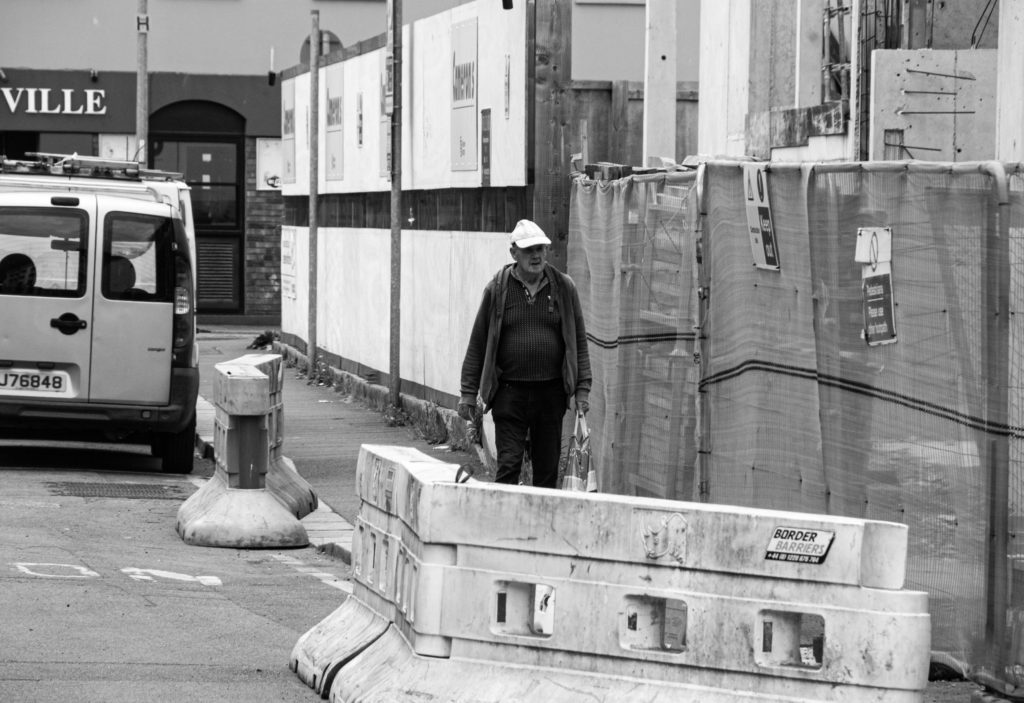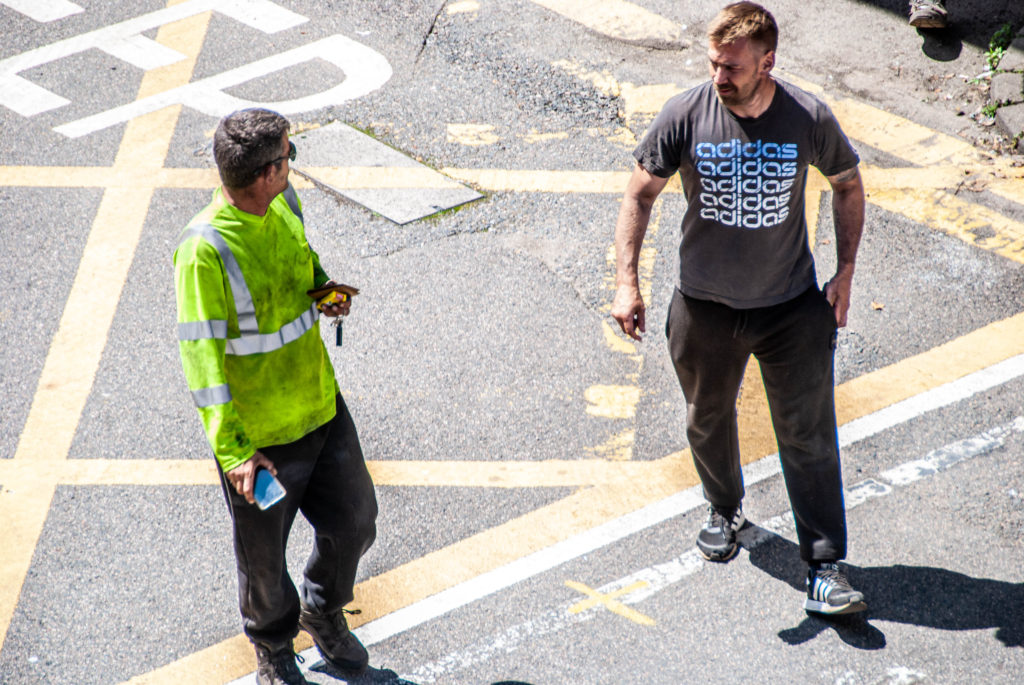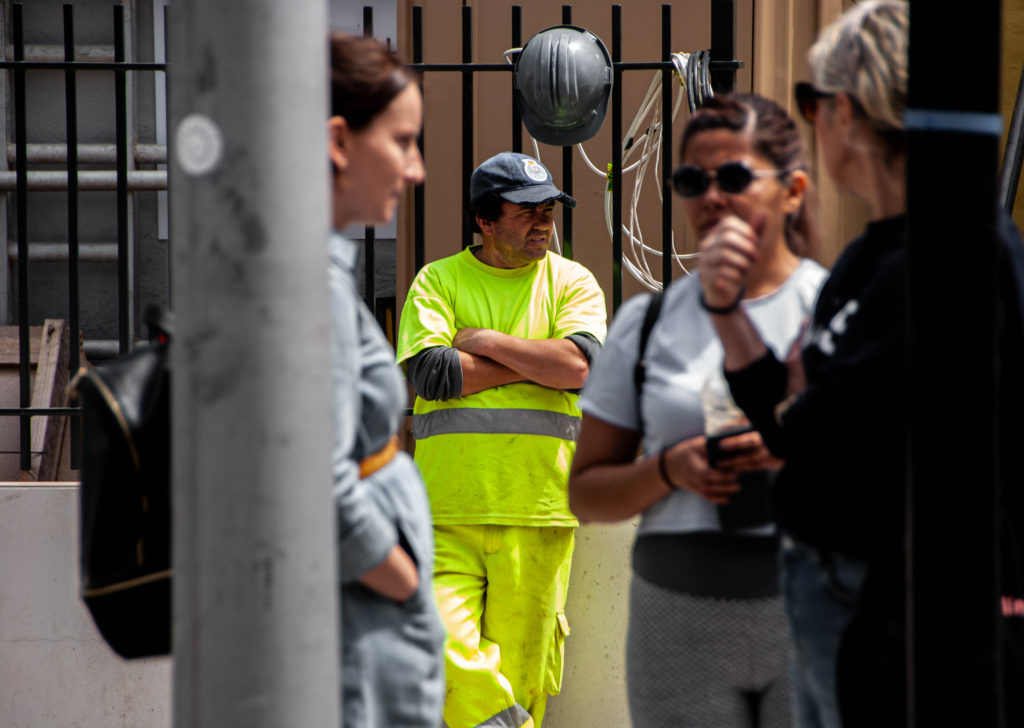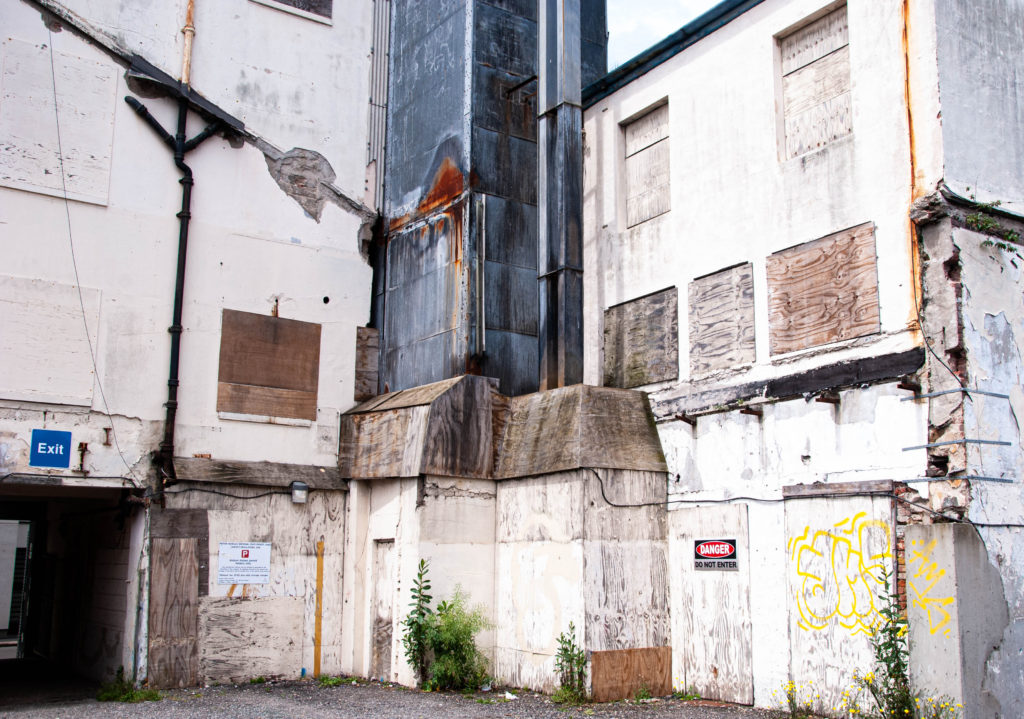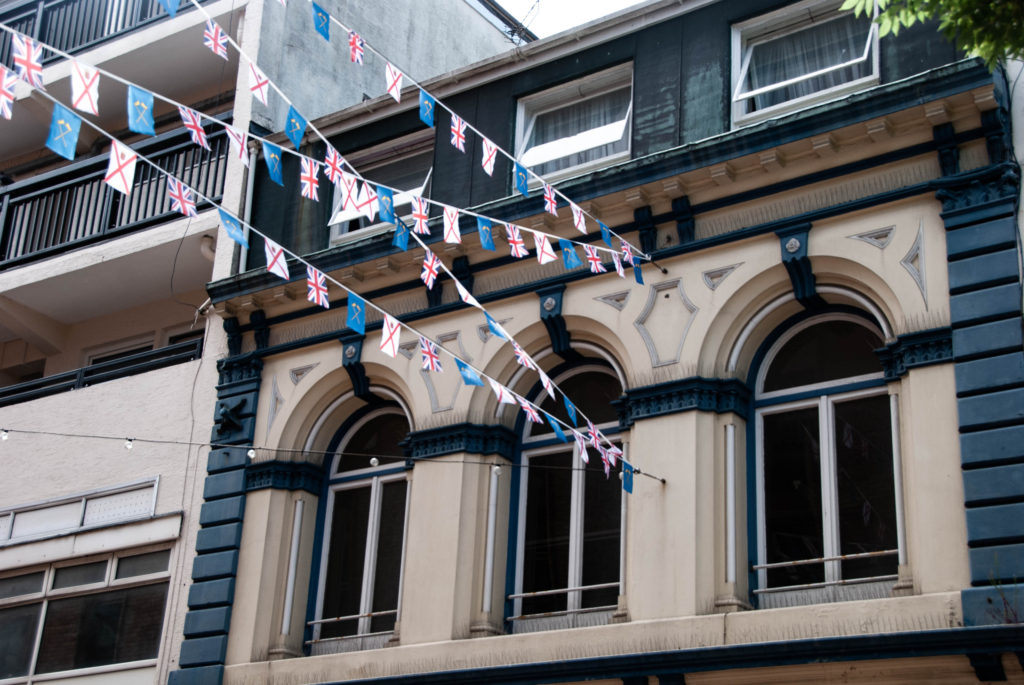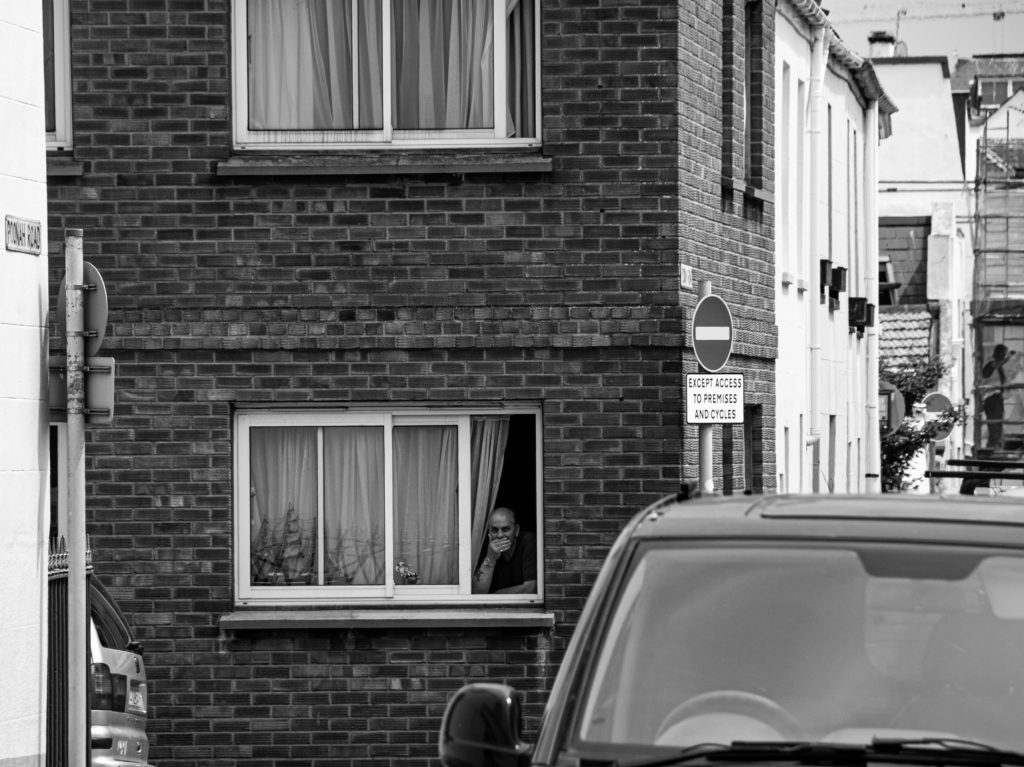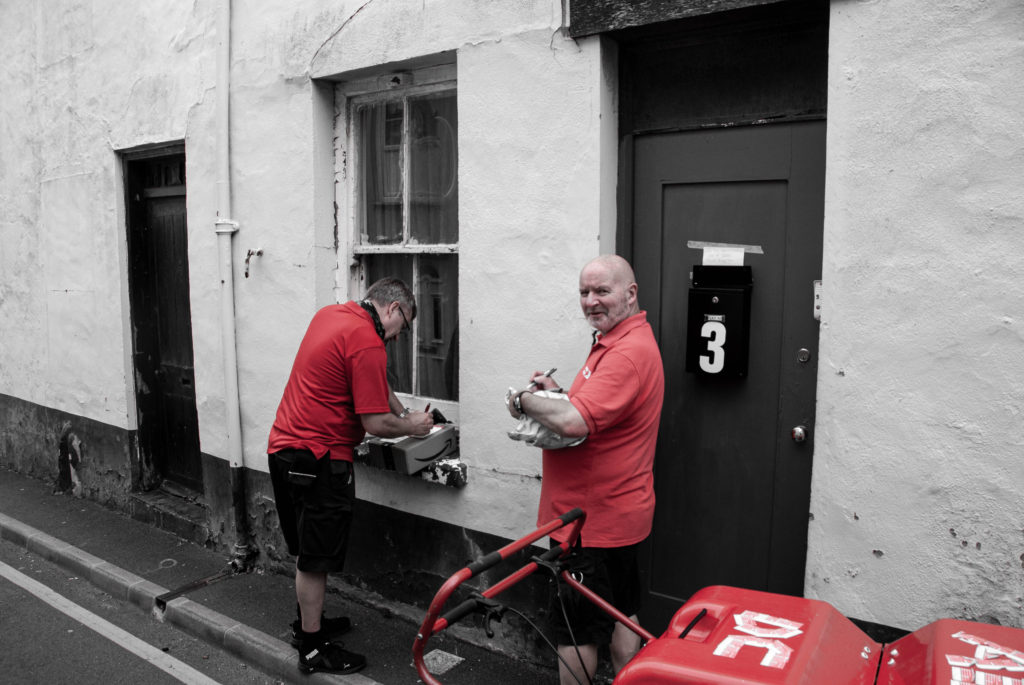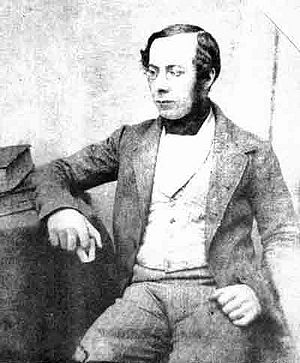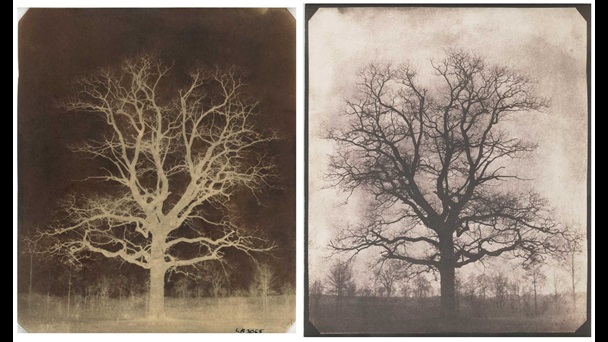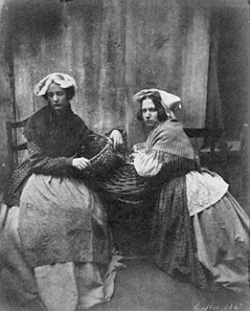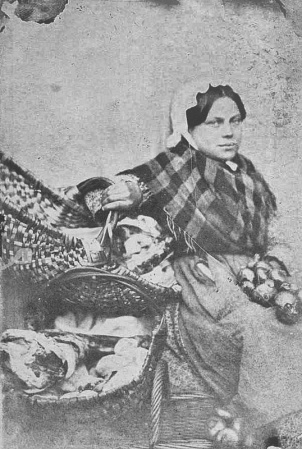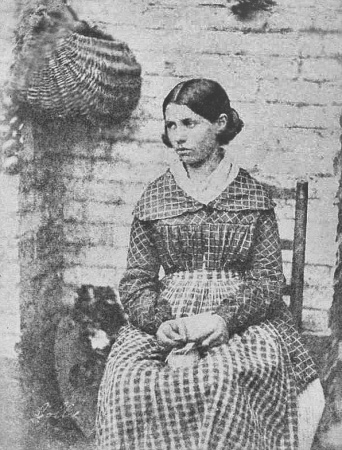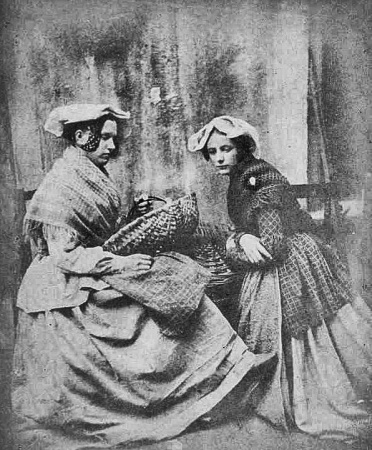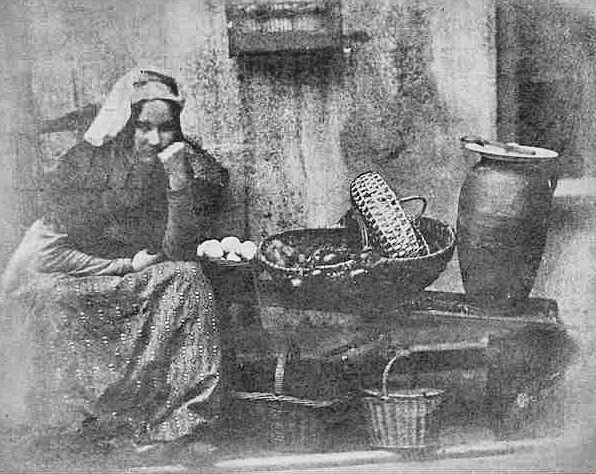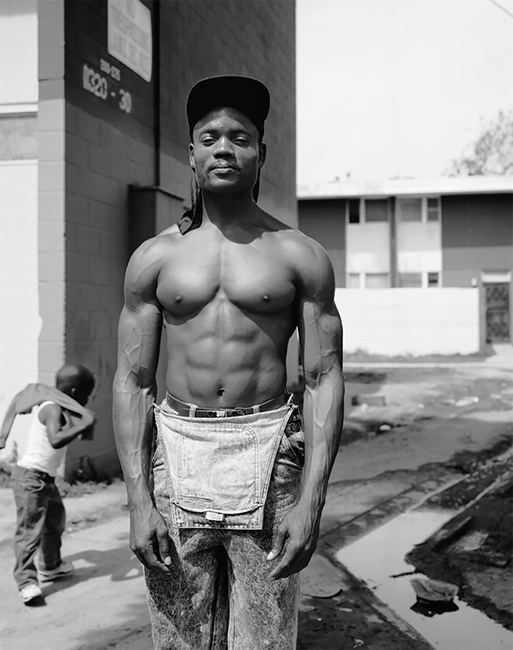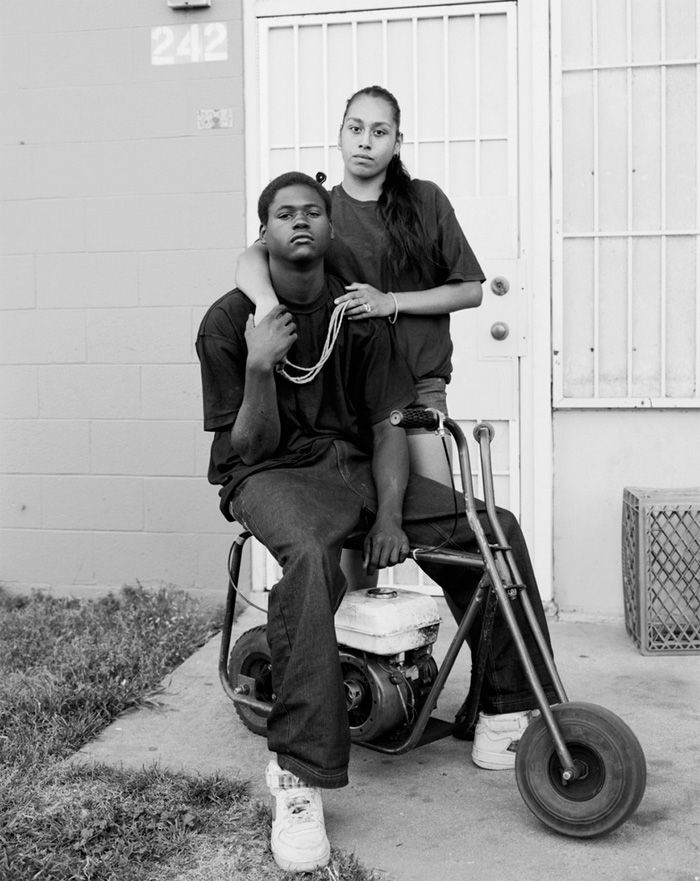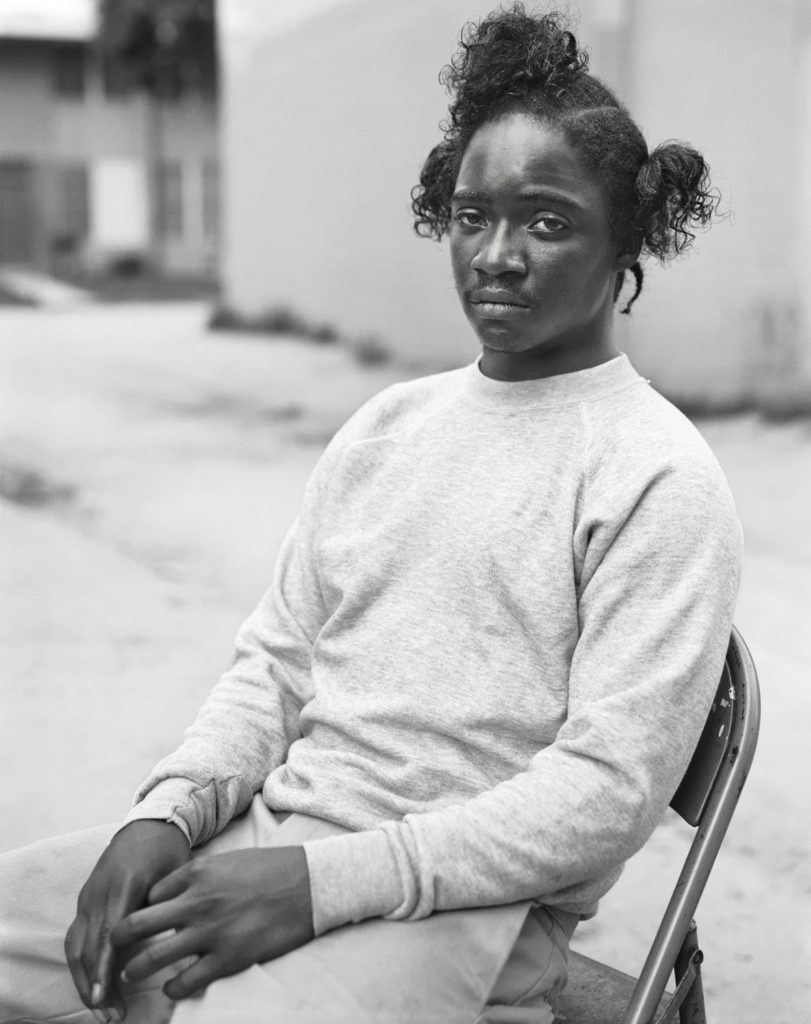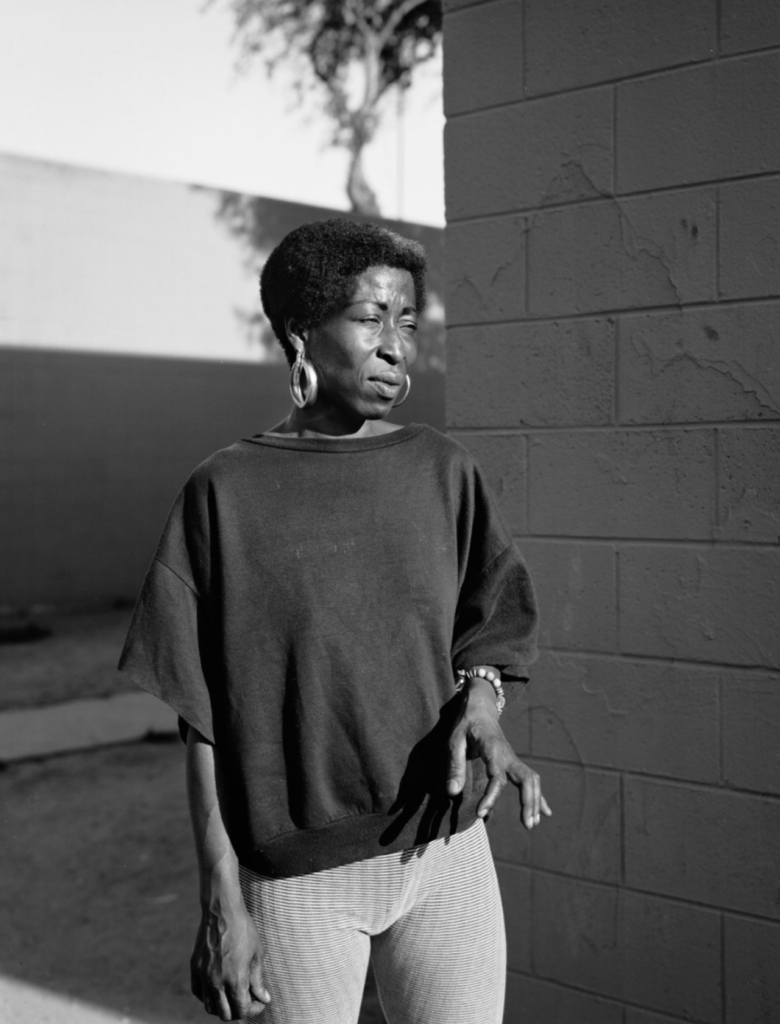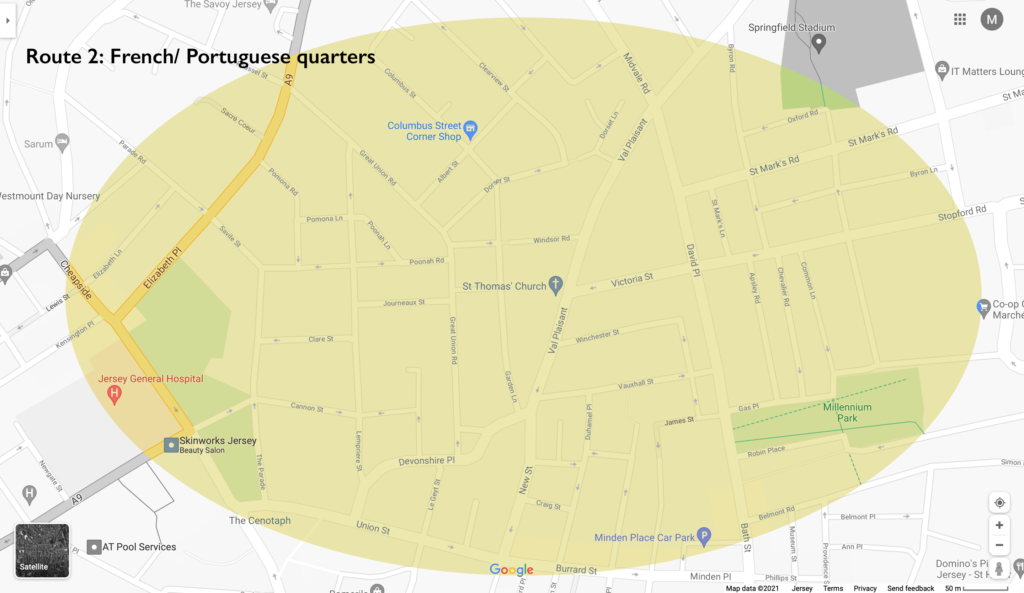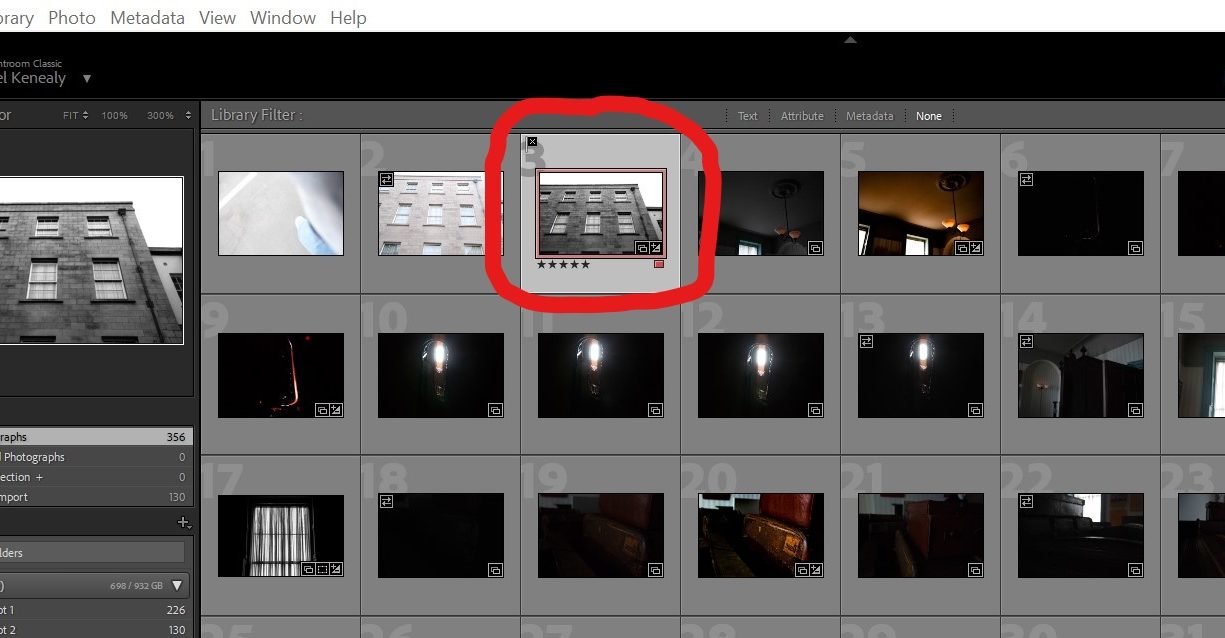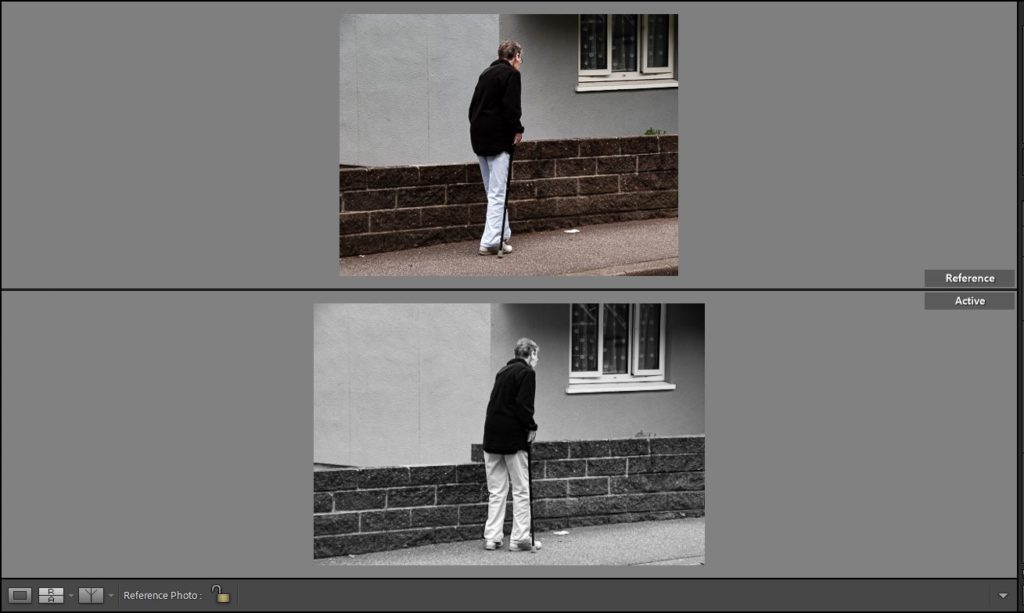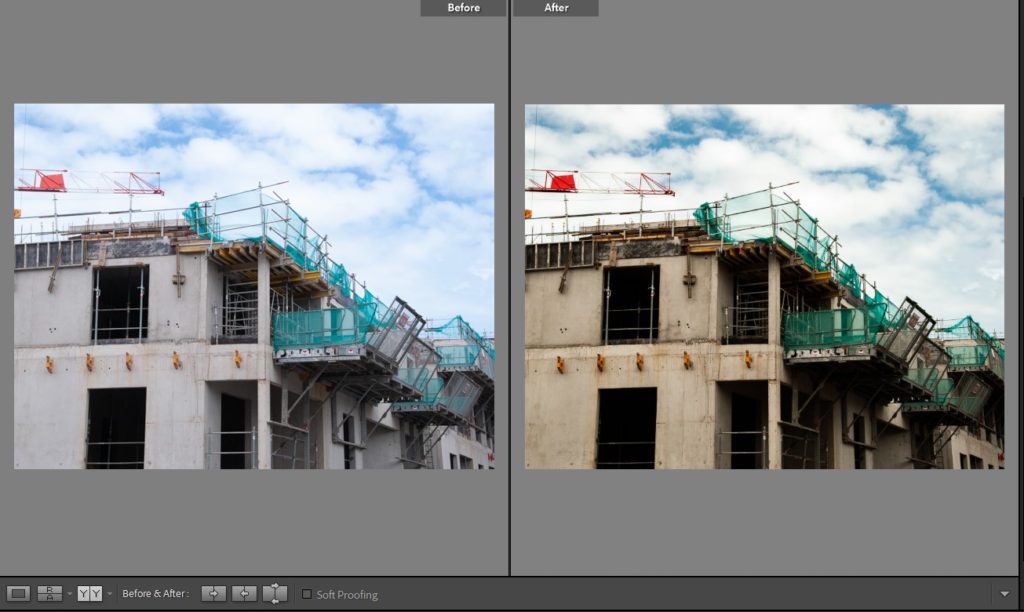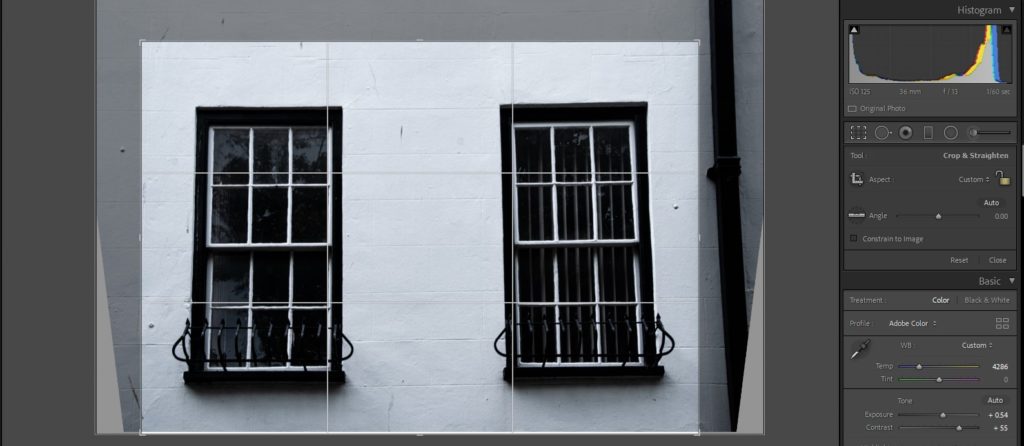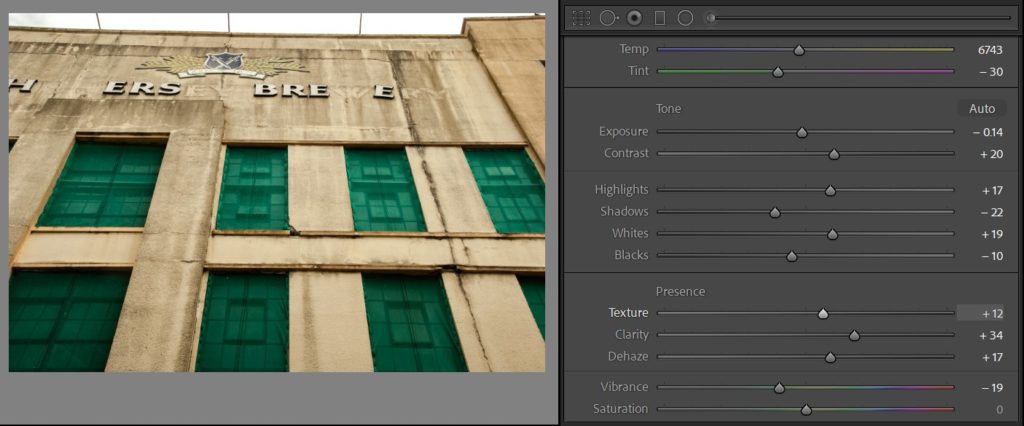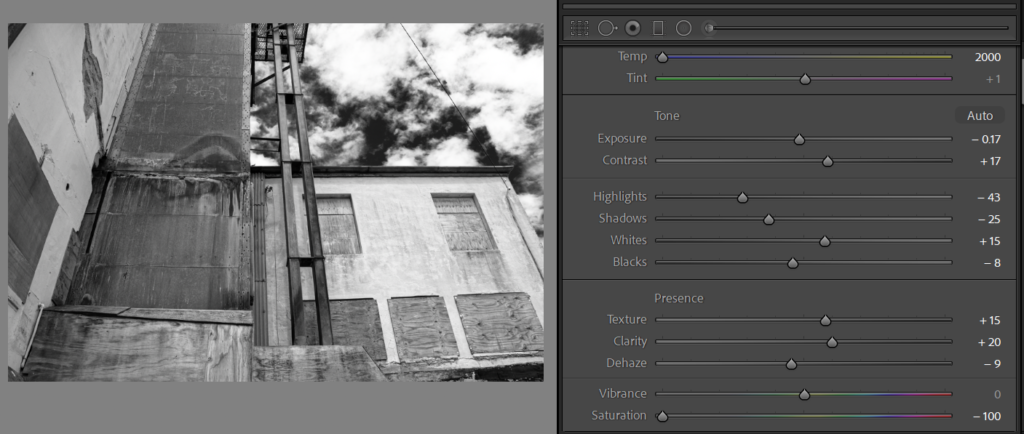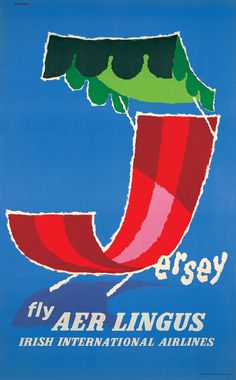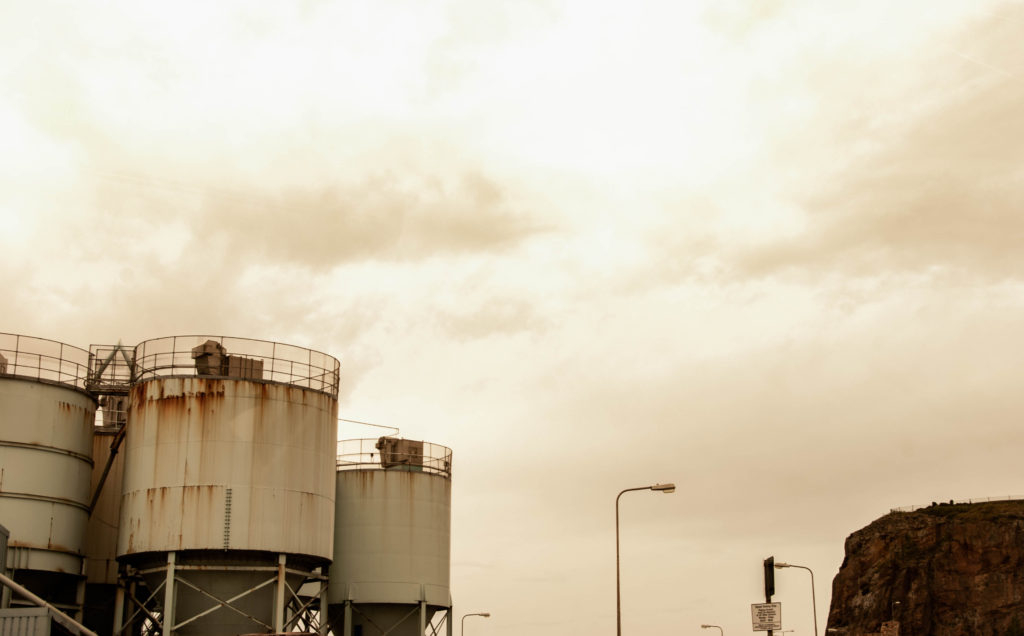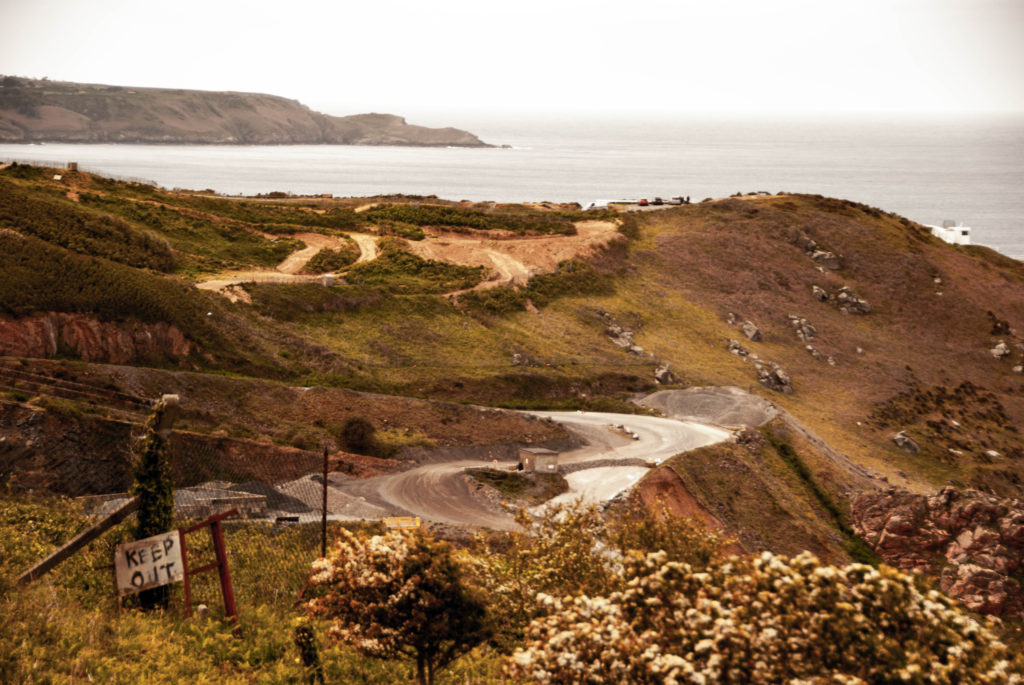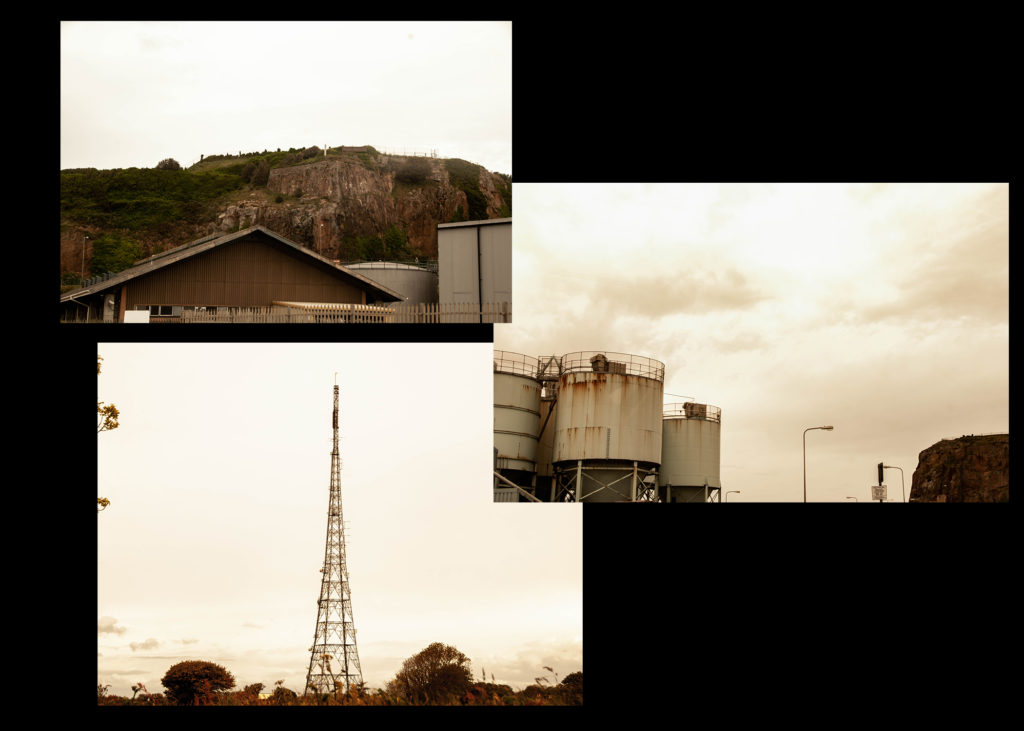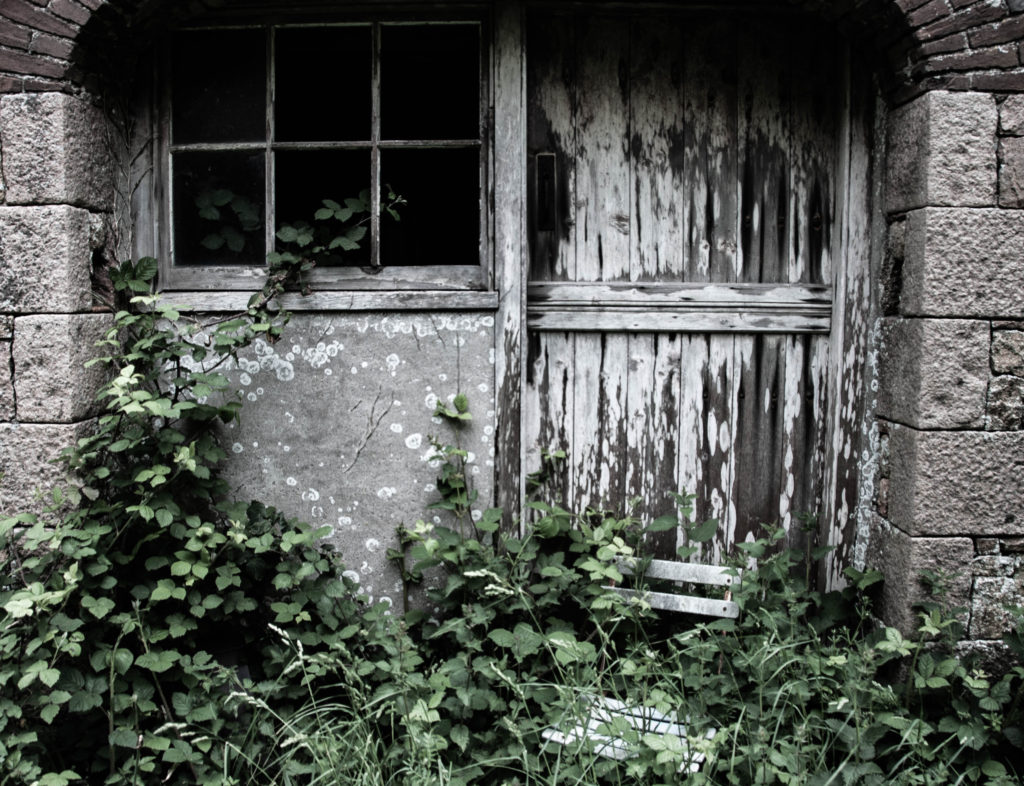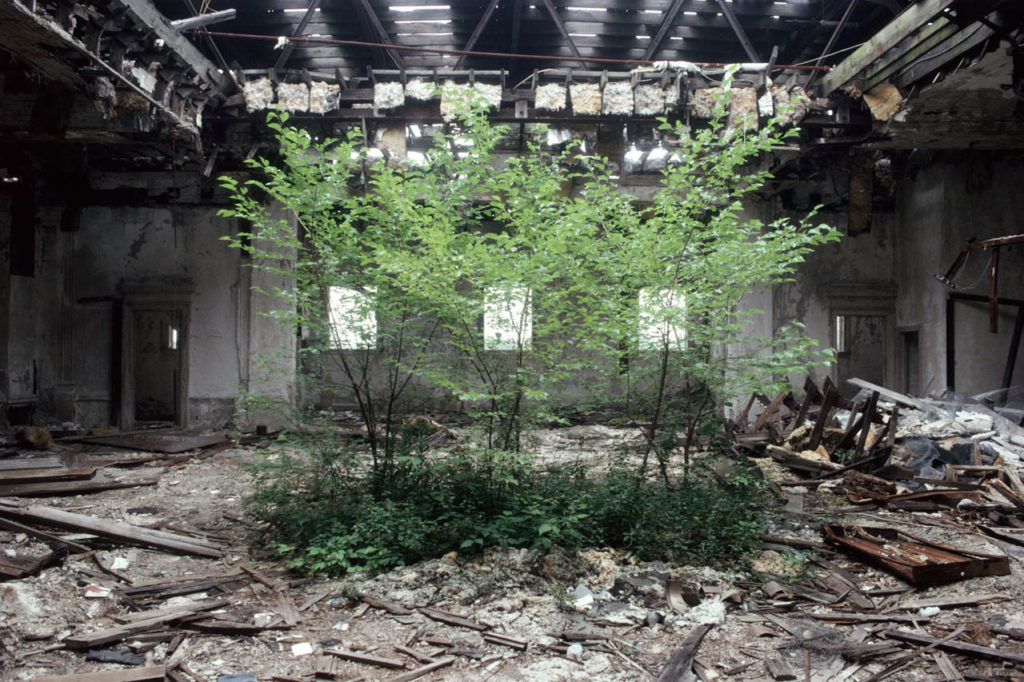Mood Board


What is a Zine?
A zine is a small-circulation self-published work of original or appropriated texts and images, usually reproduced via a copy machine. Zines are the product of either a single person or of a very small group, and are popularly photocopied into physical prints for circulation.

Why Photographers Should Create Zines
Digital marketing isn’t always the most effective method of marketing your photography. That’s why photographers have been creating zines for years.
James Moreton is a photographer who is experienced in the art of zine making.
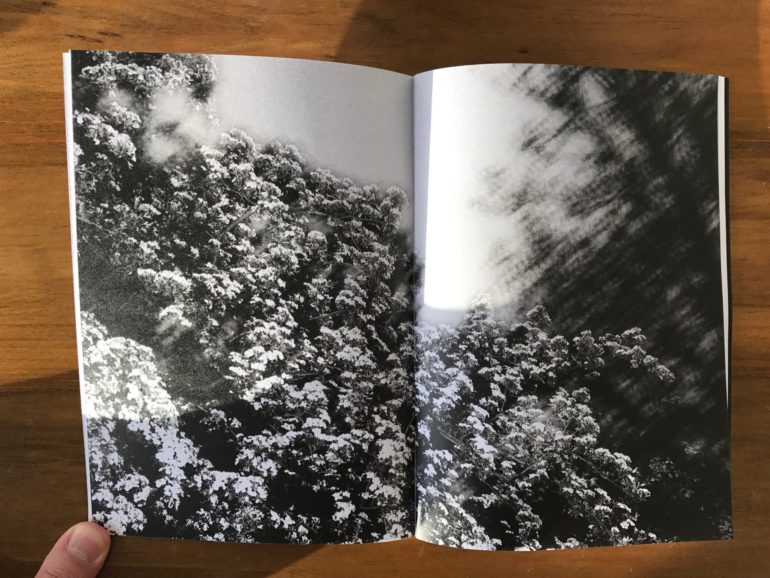
He is an artist who enjoys the tactile approach to photography. “I believe the photographic book is the best medium for photography. The ability to create impact by pairing, juxtaposing and sorting pictures into a flow in order to tell a story or instil an emotion in the viewer is unsurpassed by any other photographic medium” This is why zine making is an important element of a narrative project, therefore, I will incorporate it in mine.
More of James’ work here.
Craig Atkinson: Café Royal Books
Craig Atkinson is the founder of weekly publications, focussing on post-war documentary photography linked to Britain and Ireland called Café Royal Books.

This is an example of valuable photographic works being collected into the tactile and aesthetically sequential format of a zine. “The publications are bought as gifts, as nostalgic reminders. They’re used as reference for film makers, producers, screen writers and costumes designers. Universities collect the books to allow students access to the large collected history of this genre of photography, which hasn’t existed to this extent, in print, before Café Royal Books.” This shows the importance of having a tactile form of work to inspire and reference, which zines seem to capture very well.
Atkinsons zines have an aesthetic formality and consistency which I want to replicate in my zine in some form.

This video by an independent artist encapsulates the zine making process
I want my design to look like a romantisized interpretation of the buildings and communities in St Helier, I want the viewer to feel like they are walking through the town and meeting the people in my compositions when they flip through the zine.
My Format, size and orientation will be as follows:
width: 148mm
height: 210
pages: 16
orientation: portrait
columns:2
column gutter: 5mm
margins: top, bottom, inside, outside: 10mm
bleed: top, bottom, inside, outside: 3mm
The Title for my project is ‘Rank’. This plays on the difference in class the migrants withhold, it also plays on the common feature of most towns – a taxi rank, finally it plays on the slang word for something that is disgusting – this disgust refers to the vast difference in class. I also want to caption each image with a vague subtitle allowing the viewer to think about the images in different ways.
I began by setting up my page colour to be a grey shade. I made sure I added this colour all the way to the bleed line to make sure it printed in full grey without a border. I made my page colour grey to add additional dark colour to the urbanism in my images.

During experimenting, I decided that to enhance my narrative sequence I would rather have a different page colour for each page to enhance and compliment the aesthetic of each image individually. Following on from this I decided that every two parallel pages will have correlation and therefore share the same themes including page colour.
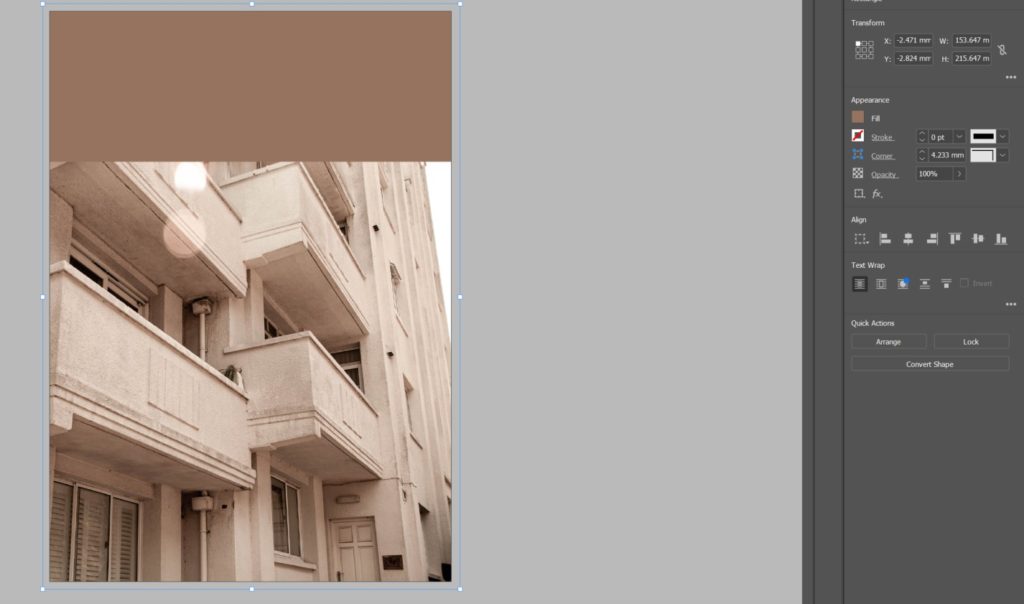
I then decided I want a more abstract look to my front cover as I wanted my zine to entice the viewer and have a more experimental theme. I did this by using the scissors tool to displace images and create different proportions and borders.

I then started adding a theme to each spread. As you can see below I introduced visual elements from my images into the rest of the spread to further develop the narrative and aesthetic of the zine.
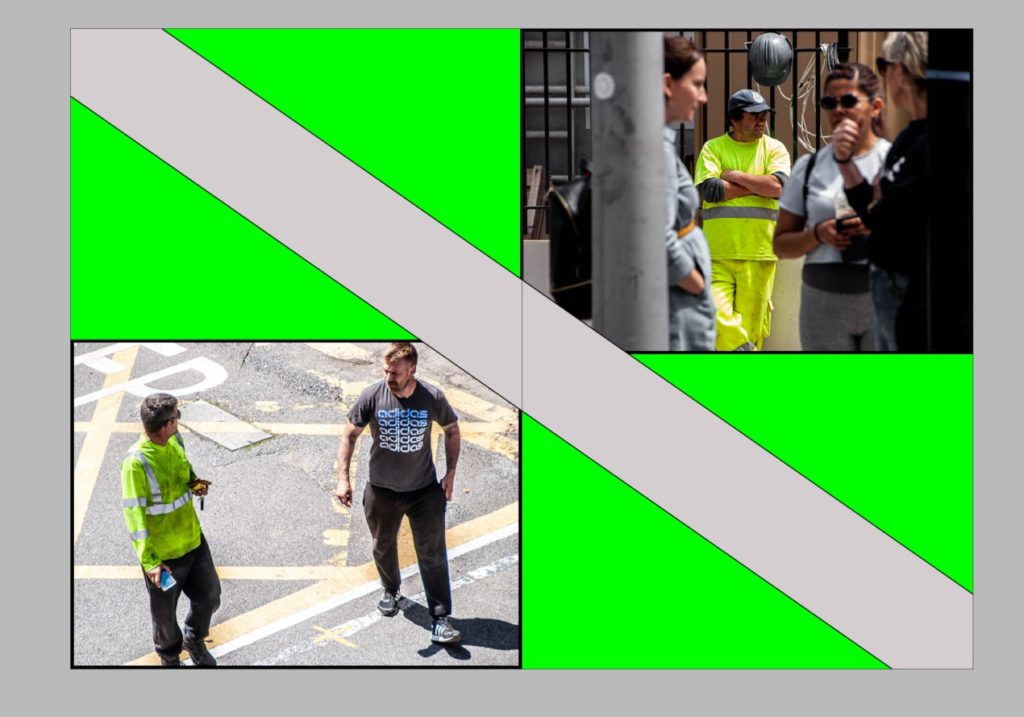
I did this by using the eyedropper tool to select a colour from the image to use as the page colour of the spread.
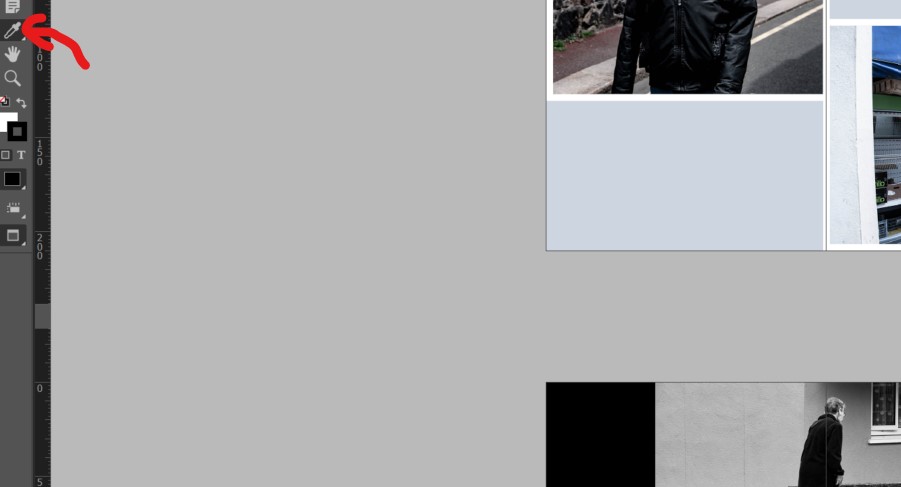
I also decided to experiment with how the page splits my images over the spread by applying some images over two pages like the image below.

I then designed a back page that correlated with the front page by using the same colours and themes.

I then scrolled through my zine adding vague image captions to further the narrative and encourage more thought about the purpose of the project.
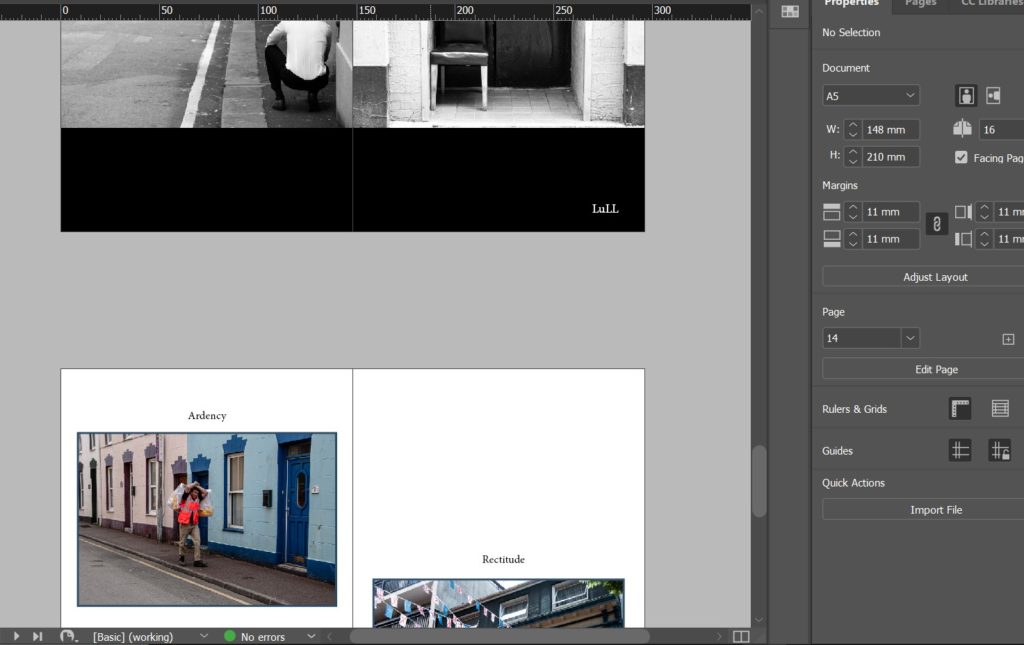
Final Evaluation
Throughout the project I was able to endeavour into a pit of knowledge with two territories. The first being the historical and cultural contexts of Jersey and learning more about the rich cultural history the island holds. This led to understanding more about migrant communities which was the predominant theme I was exploring. The second territory of knowledge I gained was that of myself awareness. I was able to learn more about my position in Jersey’s community and my similarities and differences to others in my communities. This identity discovery waws fuelled by experiencing new people and cultures while exploring this topic and learning about the history of the place I call home. I also gained insight into an entirely different scope of art, this being the history of architecture in St Helier. I gained knowledge from an experienced historian and architect from a walk examining the wealth of historic buildings and attractive townscapes that characterise Jersey’s capital. He walked through the history of specific areas through archival records. I was also able to explore the beautifully restored Victorian House and enter the drama of a Victorian family in crisis which developed my insight into the history of how Jersey’s economy and infrastructure came to be.
I was additionally able to apply and channel my knowledge of zine making into a tangible project. I learnt about new software – Adobe InDesign and its useful qualities in terms of creating professional print works. I learnt about other significant zine publishers in Jersey – ED.EM. and others like Café Royal Books and apply them to my project. I was able to turn an idea into a tangible and aesthetically planned narrative which matched my intentions of this project sufficiently.


